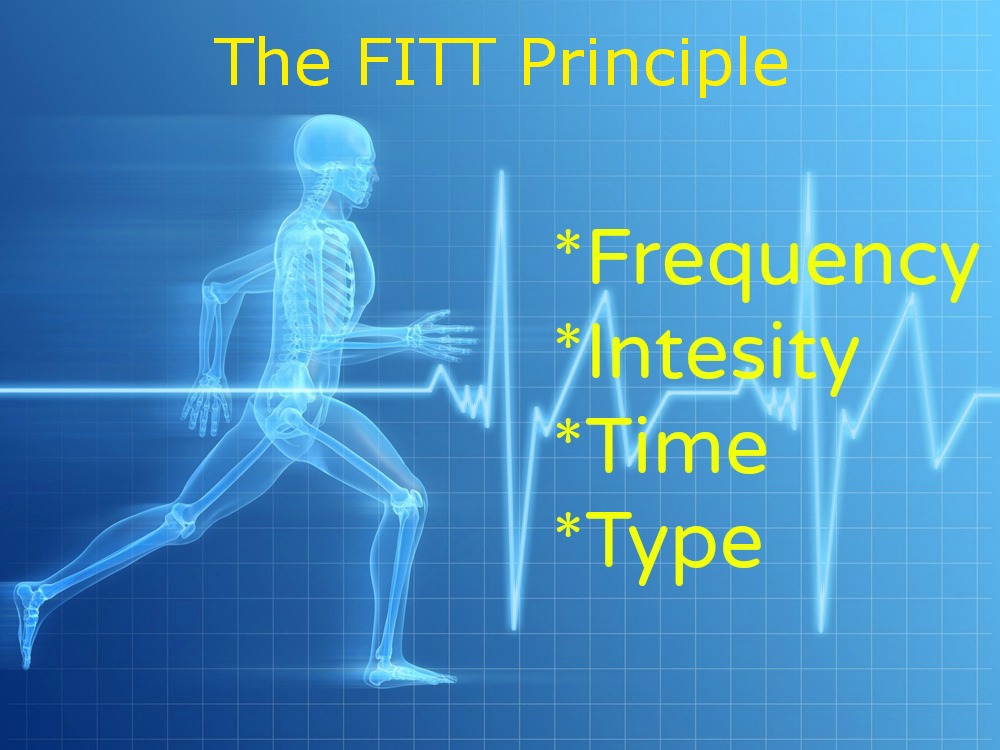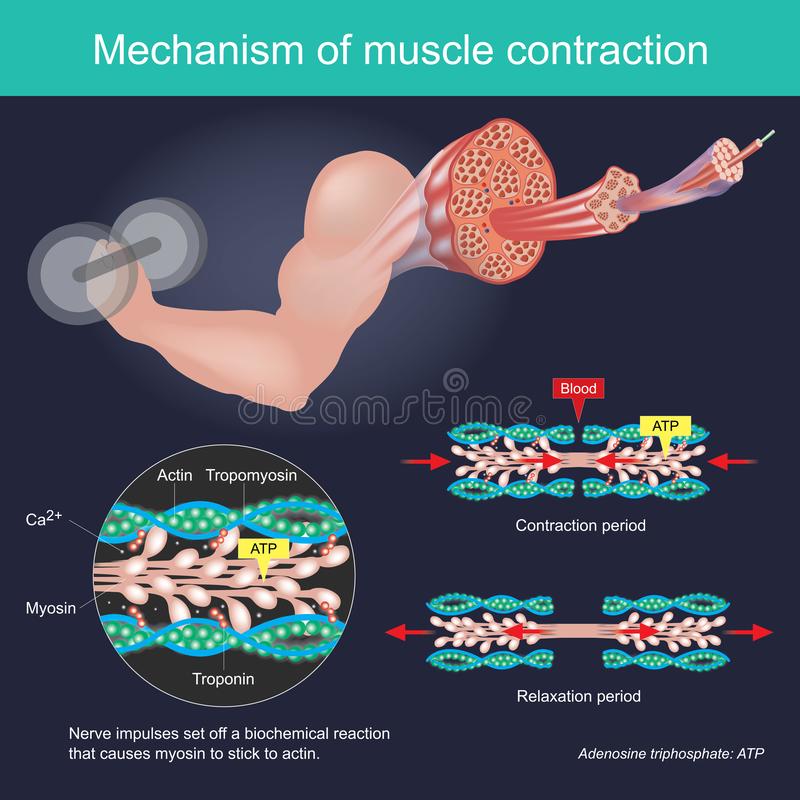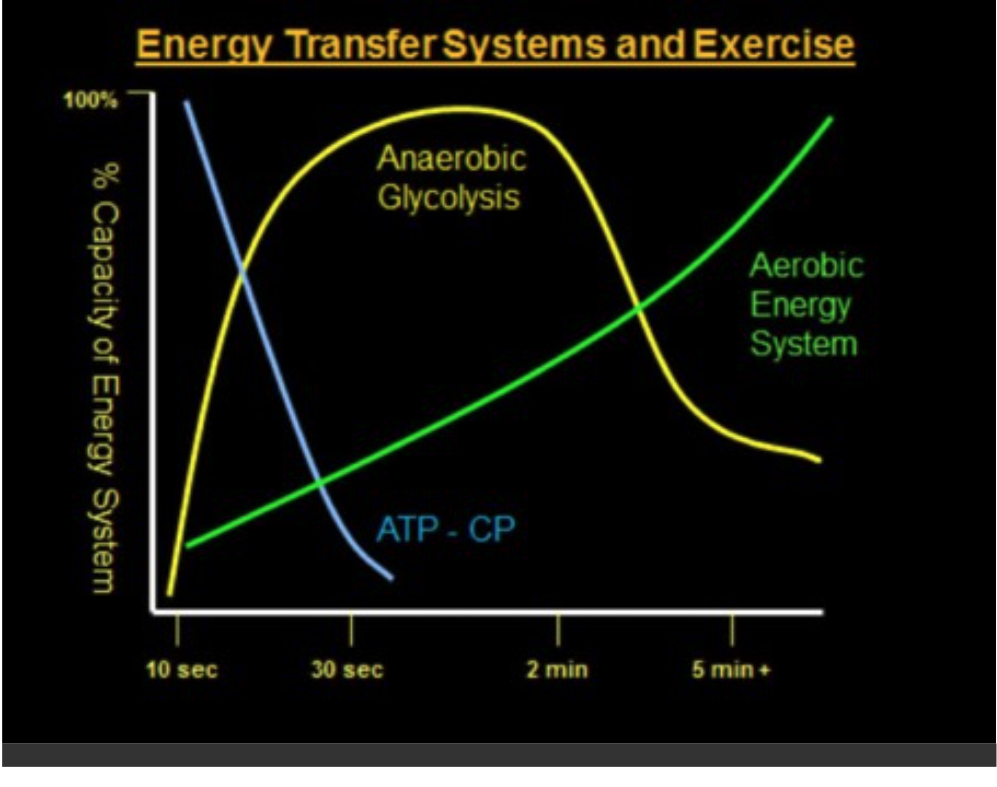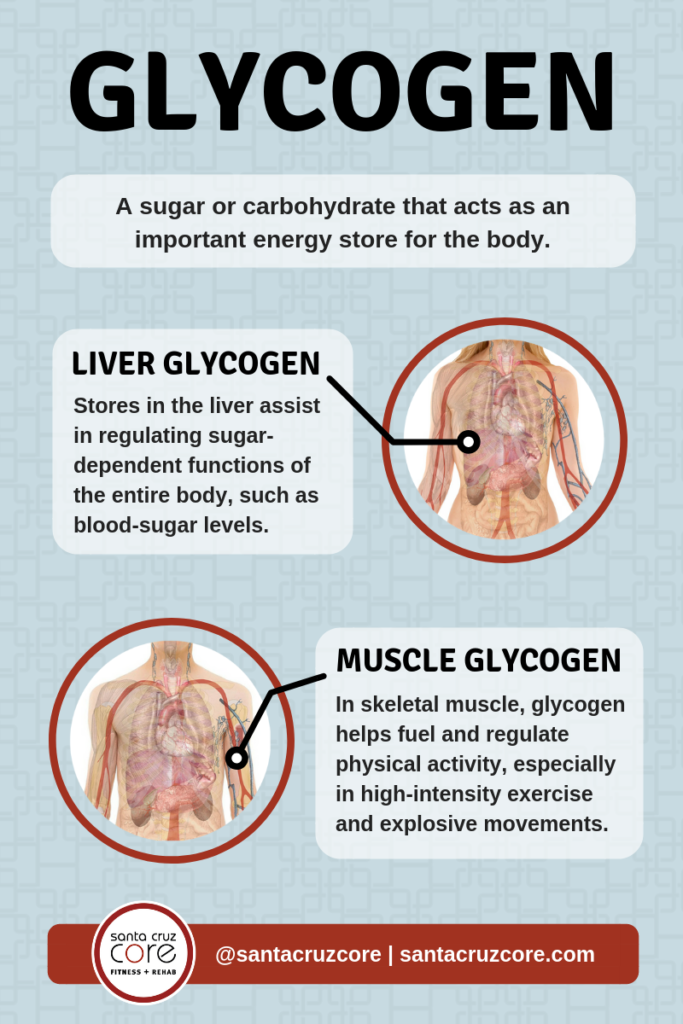
Movement is the product of many systems working together in a highly coordinated and harmonious fashion. Such systems include the sensorimotor, musculoskeletal, and energy systems (Page, Lardner, & Frank, 2010). When functioning optimally, the coalescence of such systems can produce meaningful and effective motions, such as running. Over time, however, fatigue is expressed as a change in one or all (sensorimotor, musculoskeletal, and energy) systems (Ament & Verkerke, 2009). Such alterations affect movement quality and performance in running, colloquially known as hitting the wall. To better appreciate the processes of fatigue, the following will explore energy production and its relationship to glucose, glycogen, and adenosine triphosphate (ATP).

Ament and Verkerke (2009) described exercise, to include running, as an event that disturbs the internal environment of the individual. As such, the energy and heat produced from exercise will eventually deplete stored energy in the body. Such a process will produce sensations of fatigue, thought to serve as a protective/inhibitory mechanism from further participation in said activity (Ament & Verkerke, 2009). Frequency, intensity, time, and type (FITT) of exercise are all variables that can challenge the body and induce fatigue and affect biochemical reactions within the individual. The following will consider such biochemical alterations.

Muscle contractions (at the level of actin and myosin cross-bridges) requires ATP, and such a high energy yielding molecule is produced in three ways (Ament & Verkerke, 2009). The first method would include ATP produced in the sarcoplasmic (muscle cell) stores from creatine phosphate (CP), while the second pathway is from anaerobic glycolysis in the sarcoplasm (Ament & Verkerke, 2009). The third and final method of ATP production is through aerobic pathways which use glycolysis and fat metabolism (Ament & Verkerke, 2009).

Despite which pathway may be dominating (dependent upon such variables as intensity), muscle contractions will produce adenosine diphosphate (ADP) and inorganic phosphate (Pi) (Ament & Verkerke, 2009). Of particular interest is anaerobic glycolysis; such an energy-producing process creates hydrogen ions that, when in sufficient concentrations, inhibit the cross-bridging cycle (i.e., muscle contractions) reducing force output and inducing fatigue (Ament & Verkerke, 2009). The following will explore glycolysis in greater detail.

In addition to biochemical changes within the muscle cell and associated fatigue, the availability of glucose, a major source of ATP, is another limiting factor related to reduced performance output. Stored glucose (glycogen) can be found in the skeletal muscle (i.e., 300-400 grams) and liver (i.e., 70-100 grams) amounting to approximately 2500 kcal of energy (Kenney, Wilmore, & Costill, 2012). However, exercise intensities as little as 50% of maximal oxygen uptake can begin the process of glycogenolysis (glycogen breakdown) (Baechle & Earle, 2000). Consequently, long duration running can deplete glycogen stores rapidly, causing a sudden onset of fatigue (hitting the wall) if the same intensity is maintained (Kenney et al., 2012). Such fatigue generally is found at the 30 km mark in marathons (Ament & Verkerke, 2009).

As glycogen stores deplete, glucose uptake from the bloodstream increases into the muscle cell facilitated by glucose transporters. Such a process is initiated from nitric oxide (NO) and NO-synthetase, which is activated by calcium increases from muscle contraction (Ament & Verkerke, 2009). It is possible to continue producing ATP from blood glucose from glycogen breakdown within the liver (Baechle & Earle, 2000). However, blood glucose availability will also eventually decrease (2.5-3.0 mmol/L) if exercise intensities are maintained leading to exhaustion (Baechle & Earle, 2000).
In conclusion, movement is the product of many systems working together in a highly coordinated and harmonious fashion. However, if intensities are maintained for prolonged periods, fatigue will be an inexorable event manifested from exercise-related biochemical and physiological changes.
References
Ament, W., & Verkerke, G. J. (2009). Exercise and fatigue. Sports Medicine, 39(5), 389-422.
Baechle, T.R., & Earle, R.W. (2000). Essentials of strength training and conditioning (2nded.). Windsor, ON: Human Kinetics.
Kenney, W.L., Wilmore, J.H., & Costill, D.L. (2012). Physiology of sport and exercise (5th ed.). Champaign, IL: Human Kinetics.
Page, P., Lardner, R., & Frank, C. (2010). Assessment and treatment of muscle imbalances: The Janda approach. Champaign, IL: Human Kinetics.
-Michael McIsaac
